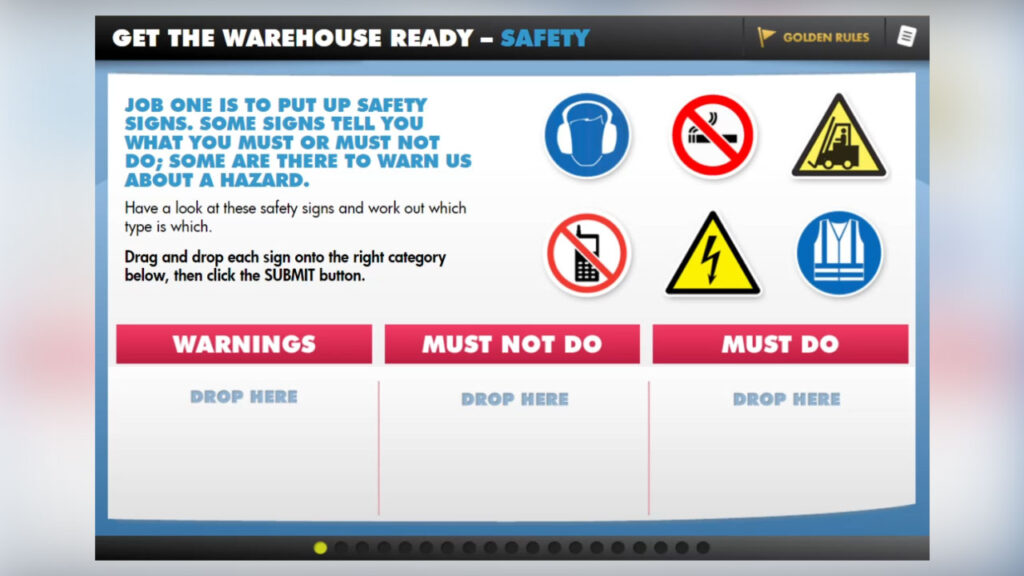It’s no secret that engaged employees are motivated employees. Moreover, job satisfaction drives productivity and profits. Surveys show that a happy workforce produces higher levels of performance, less absenteeism and better employee retention.
The key question for businesses is how to keep your employees motivated to work for your company. With advancements in technology, and digital competence permeating everyday life, it seems as though technology could also provide the answer.
However, the reality is that motivating staff with technology is not so straightforward. A comprehensive survey performed by PwC shows that more than 12,000 workers feel disconnected at work despite 90% of C-suite executives intending to deliver what they think employees needs with new technology.
The truth of the matter is that employees want technologies that enable them to perform their job easier and with higher levels of competence. But they also want on-the-job training and a career path to keep them engaged and committed to the company.
Gamification ticks both boxes. And if you’re not already familiar with the concept and benefits of gamified platforms for e-learning, this article may deliver a few surprise punches. Gamification not only engages employees but it’s also proven to be adept at motivating teams to achieve higher standards of performance.
What is Gamification?
In the workplace, gamification is a combination of e-learning and gaming. To sum up the concept briefly, players are rewarded for completing tasks successfully – just like ordinary computer games you may be familiar with on games consoles like Play Station and Xbox.
The key difference is that gamification applies features and actions that are custom designed for employees to perform their job better – they are fundamentally intended to be educational. But using technology in this way is proving to be much more successful at keeping employees engaged and motivated as well.
Research shows that gamified elements also improve in-game thinking and memory retention. Some studies show players retain up to three times as much information as other methods of learning.













